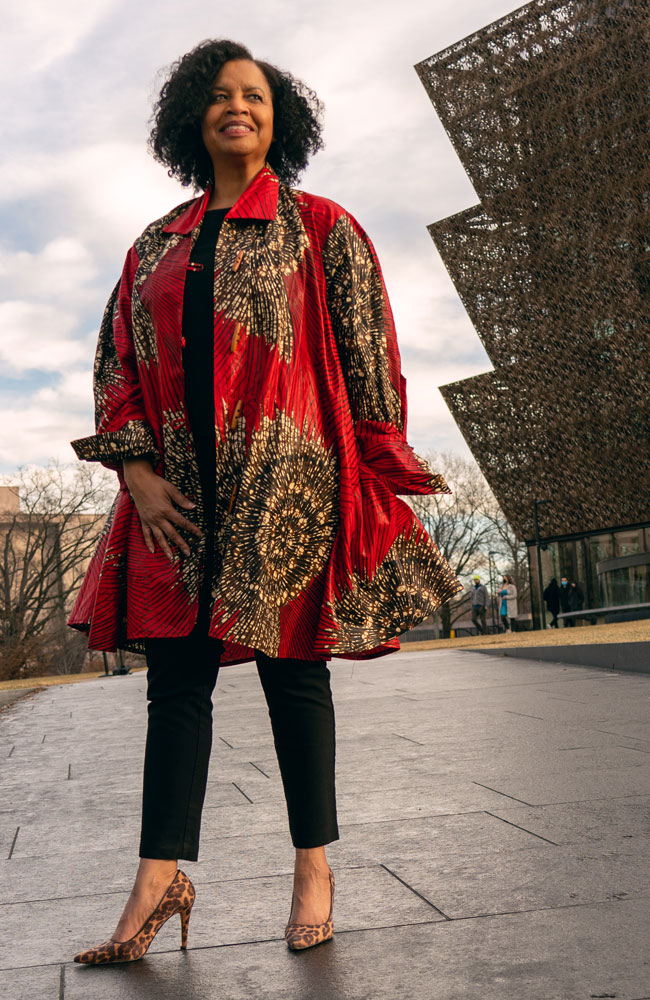on’t ask me where I heard the story, but one motif remained lodged in my memory: the winter boots. Perhaps some compelling reasons are pushing that mental note to my consciousness now.
I remembered that the scene took place during early stages of the Jewish holocaust of the 20th century. German Nazi soldiers, having invaded Poland, forced Gerda Weissmann and her Jewish family out into the streets to meet their fates in concentration camps. On that sunny, spring day—before soldiers sundered this family, never to see each other again—the girl’s father insisted that she wear her ski boots.
Young Weissman trudged thereafter through death and labor camps. At length, she found herself driven in a 350-mile death march throughout Germany toward Czechoslovakia with 4,000 other women prisoners. Their captors did everything they could to avoid their being discovered and freed by Allied forces. Yet, through the march, deprivation, executions, starvation and cold, she had her boots.
In the end 120 women survived. Weissmann, even though white-haired and just 68 pounds on the day before her 20th birthday when she was liberated, was one of them. She credited her father’s foresight and instruction with her survival.
Gerda Weissmann

The only detail for me, however, was the boots. Watching families flee for their lives from Ukraine, babies on backs, suitcases in tow, headed to an uncertain refuge evokes this poignant memory of intuition and providence.
A few months ago it was Afghanis. Months before that, it was black and brown migrants escaping their own kind of hell, yet halted at our southern border. We’re shaky on our feet after two years of the devastating COVID-19 pandemic, and the punches keep coming. As the rising tide of global troubles seep into your home and mental space, I invite you, (and me) to find the boots.
“I am leaving you with a gift,” Jesus said, “peace of mind and heart. And the peace I give is a gift the world cannot give. So don’t be troubled or afraid,” John 14:27 (NLT).
It is truly a gift to meet the world’s powers with this kind of resistance and resilience. Whether you’re caught in the crosshairs that could mean instant threat and destruction, or stuck in the historical structures—the effects of which drain your life’s blood and or vitality—you have a transcendent connection to heaven’s power, provision, and peace. It is Jesus who whispers to us now.
And, just as trauma and stress can carry from one generation to the next through epigenetics, we can gift to others the spiritual beliefs and practices that will help them survive and even thrive. That is the gospel of peace, (Ephesians 6:15), and much to my delight in this moment, the very metaphor depicts that peace as shoes.

CARMELA MONK CRAWFORD, Esq., is Editor of Message Magazine